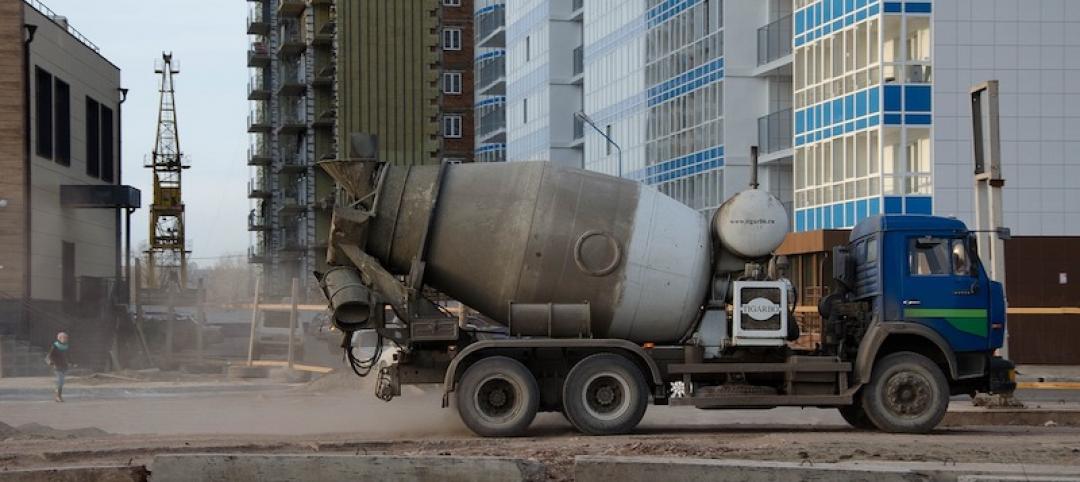After Superstorm Sandy, New York City revised its building codes in 2013 to make buildings more resilient to flooding.
But landlords of most buildings in the flood plain have not been required to meet these flood-prevention standards, and many structures remain vulnerable to similar weather events. The new requirements include raising structures above flood elevation or flood-proofing buildings below that point, and ensuring that residents on higher floors can access potable water if electric water pumps fail.
So far, just 549 structures have hit the substantial alteration threshold when renovations amount to at least 50% of the building value—a trigger requiring the owner to adhere to the new code. To date, 1,131 new buildings have been constructed in the flood plain that abide by the new code.
According to the city, 75,786 other buildings constructed in the flood plain before 2013 have not completed a flood resilience retrofit. Some, though, have been prompted by their insurance providers to lift generators and boilers onto higher floors and harden their infrastructure. This work, however, may not be as comprehensive as fully abiding by the new code.
Related Stories
Codes and Standards | Aug 11, 2021
Decentralized approach to codes means emissions reduction responsibility falls on local officials
Efficiency advocates focusing more on local code amendments.
Codes and Standards | Aug 10, 2021
Dept. of Energy issues model energy code determinations for commercial, residential buildings
2021 IECC offers 9.4% site energy savings.
Digital Twin | Aug 9, 2021
Digital Twin Maturity white paper offers guidance on digital twin adoption
Provides lifecycle map and an approach for incorporating digital twins.
Codes and Standards | Aug 5, 2021
Contractors can be liable for building failures many years after project completion
Personal injury suits could be brought decades after substantial completion.
Codes and Standards | Aug 4, 2021
Mass timber is a natural choice for building recycling through deconstruction
Designing wood buildings to optimize recovery of materials for disassembly aids carbon sequestration.
Codes and Standards | Aug 3, 2021
Dept. of Energy releases initial version of the Spawn of EnergyPlus software
Targets new use cases in advanced controls, district systems, and grid integration.
Codes and Standards | Aug 2, 2021
Several U.S. cities among most expensive places to build in the world
San Francisco, New York, and Boston head the domestic list.
Codes and Standards | Jul 28, 2021
American Concrete Institute creates new director of innovative concrete technology post
Aim is to attract emerging technologies for development.
Codes and Standards | Jul 28, 2021
Higher ed faces infrastructure backlog of $112.3 billion
Study recommends integrated strategic planning for best results.
Codes and Standards | Jul 27, 2021
Add a wobbly moon to flooding risk factors
Earth satellite’s orbit variations will lead to sunny-day flooding in the mid-2030s.

















